If you refurbish something, you renovate, refresh or rejuvenate it to make it look new again, like furniture or phones. Although I could definitely do with some refurbishing…
My personal issues aside, where does the word come from? You undoubtedly already know that the prefix ‘re’ means ‘again’, so added to ‘furbish’ it means ‘to furbish again’. But what’s furbishing? Well, it appeared in Middle English in the 14th century from an Anglo-French word, ‘furbisshen’, a verb which originally meant ‘to polish’. Its lineage stretches even further back than that though, to ‘furben’, an Old High German word which also meant ‘polishing’. There was obviously a lot of stuff that needed a shine back in the day. (Oh, and in case you’re not up on your ancient languages, High German was spoken roughly between 500 AD and 1050, and was the earliest stage of the German language. And Anglo-French words are words that originated from the French language as it was used in medieval England after the Norman Conquest.)
Over time, ‘furbish’ developed an extended sense of ‘renovate’ just in time for English speakers to coin ‘refurbish’ in the 17th century with the same meaning. Its first appearance in print was in 1611, in Randall Cotgrave’s A Dictionarie of the French and English Tongues. Cotgrave was an English lexicographer (AKA ye olde Susie Dent), and his bilingual dictionary was seen as groundbreaking at the time – that’s because as well as basic translations and explanations of French words in English, it also included idiomatic expressions, phrases, technical terms and even recipes. Cotgrave’s work contributed to the development of bilingual dictionaries and language-learning resources, and influenced how dictionaries were compiled for centuries. Think of it as the 17th-century version of Duolingo, but without the passive-aggressive owl.
Back to ‘refurbish’. It’s an example of an unpaired word, i.e. one that looks like it should have an opposite, but doesn’t anymore. This usually happens because the antonym (a fancy way of saying ‘opposite word’) has fallen out of fashion. Or it might be that it never existed in the first place, for example if we nicked the unpaired word from another language. Other examples of unpaired words include disgruntled, unruly and impervious. If you’d like to know more about whether you can actually be gruntled, ruly or pervious, head to the blog. Spoiler alert – you totally can.



